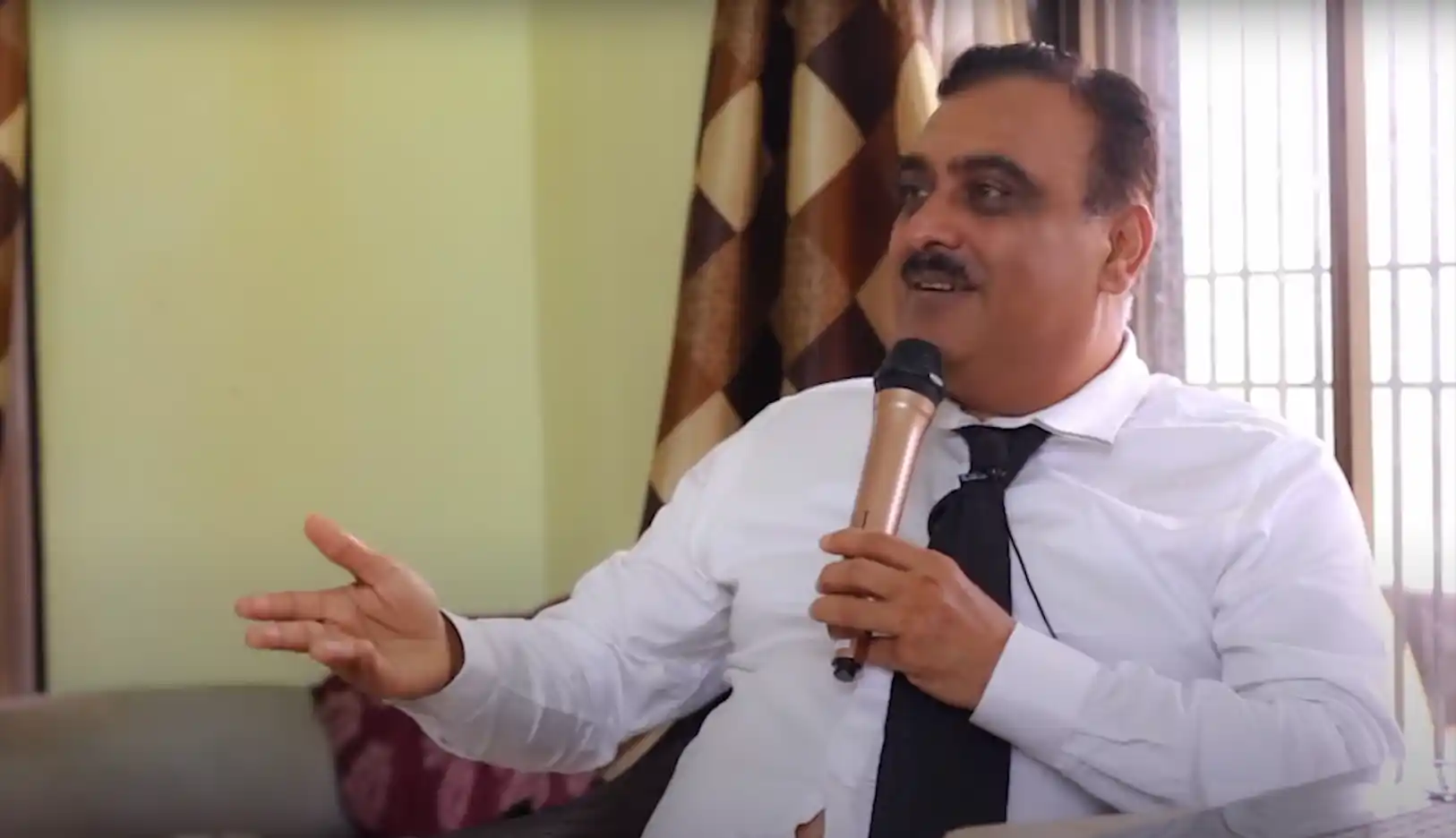Get Consultation regarding your Disease with our Expert, Sign Up now



A program that will help you if…
Panic attack disorder, also known as panic disorder, is a mental health condition characterized by recurrent, unexpected panic attacks—sudden episodes of intense fear or discomfort that peak within minutes. These attacks often include physical symptoms such as heart palpitations, sweating, trembling, shortness of breath, chest pain, nausea, dizziness, and a sense of impending doom or loss of control. People with panic disorder may develop a persistent concern about having more attacks, leading to significant behavioral changes to avoid situations where they fear an attack might occur.
This avoidance can severely impact daily functioning, potentially resulting in agoraphobia, where individuals fear leaving their homes or entering specific environments. The exact cause of panic disorder is not fully understood, but it is believed to involve a combination of genetic, biological, environmental, and psychological factors. Treatment often includes a combination of psychotherapy, particularly cognitive-behavioral therapy (CBT), and medication, such as selective serotonin reuptake inhibitors (SSRIs), to manage symptoms and improve quality of life.
The most popular questions to discuss mental health
Panic attack disorder, commonly known as panic disorder, is a mental health condition characterized by sudden, unexpected panic attacks. These attacks are intense episodes of fear or discomfort that peak within minutes and are often accompanied by physical symptoms. Individuals with this disorder may live in fear of the next attack, which can significantly impact their daily lives and activities.
The exact cause of panic attack disorder is not entirely understood, but it is believed to result from a combination of genetic, biological, psychological, and environmental factors. A family history of panic disorder, significant stress, major life transitions, and certain brain functions may all contribute to the development of this condition.
Common symptoms of a panic attack include a racing or pounding heart, sweating, trembling, shortness of breath, chest pain, nausea, dizziness, chills or hot flashes, numbness, and a feeling of unreality or detachment. During an attack, individuals may fear they are losing control, having a heart attack, or even dying. These symptoms can be highly distressing and may lead to a persistent fear of future attacks.
Treatment for panic attack disorder typically involves psychotherapy, medication, or a combination of both. Cognitive-behavioral therapy (CBT) is commonly used to help individuals understand and manage their panic attacks. Medications such as selective serotonin reuptake inhibitors (SSRIs) or benzodiazepines may also be prescribed to help reduce the frequency and intensity of panic attacks. Lifestyle changes, stress management techniques, and support from loved ones can also play an important role in managing the disorder.
The release of excessive levels of adrenaline drowning you into the state of fear and anxiety considering it a heart attack, or any serious condition without the existence of any threat itself or danger is what a panic attack is. Panic attacks are instantaneous and the fear is overwhelming. They usually last for a few minutes, but they can have a huge impact on not only your physical but primarily on your emotional health as well.
The reasons behind the panic attacks can be genetic or major stress levels. Typically, there is no obvious cause.
But they are random and sudden. Symptoms of panic attacks are not pleasant and includes sweating, chest pain, shaking, numbness or dizziness.
First and foremost, make sure you’re safe and not crossing the road or driving or anything that can make it worst. Deal with the panic attack with slow and deep breathing. People normally hyperventilate during these attacks. Make sure your breathing flow is stable. Your stomach must expand and you should breathe in through your nose for 4 seconds, holding your breath for 2 seconds and breathing out through your mouth for 4 seconds.
Assuming you are having a heart attack, or you may die will make the attack not only worse but will never help you get out of it. Therefore, allow your brain to accept the fact that it’s just a panic attack you are well aware of and it will not last forever.
Moreover, give yourself positive copying statements like;
- It’s just anxiety hitting hard.
- It’s not dangerous or harmful.
- It will not last forever.
- Should immediately overcome it instead of escaping from it.
- You are not going to faint or dye obviously.
Firstly, DO NOT try to escape from this situation. You need to overcome it and treat it. Escaping from it will make you immerse into the attack even more. Also do not flee from conditions or atmosphere that gives you anxiety. Remember, you have to fight through it and emerge yourself even stronger.
Secondly, DO NOT try all you’ve read somewhere or every suggestion people give you. Applying everything you’re aware of will drive you more into it. Be patient and keep on trying things that you feel are easy and work for you. You should refrain from the trick that don’t work for you and you cannot change.
Thirdly, educate your brain that there are so many people in the world who are victims of these panic attacks and you are not alone. There are a lot of medications and therapies available to treat the panic disorders and anxiety. Out of ⦁ 7.8 Billion population there are so many that have gone through this at some point in their life.
To conclude, try to be active and catch all signals your body reflects. Start with deep breathing and don’t hyperventilate. The primary concern should be your immediate actions to overcome it proceeding with the long-term treats that include exercises to relieve stress and medications and therapies by a good psychiatrist to help in long run.
Don’t escape from it and train your brain to be patient and stay away from negative people and negative thoughts.
Panic attacks can significantly disrupt daily routines, causing individuals to avoid certain places or situations where they fear an attack might occur. This avoidance can lead to social isolation, difficulties at work or school, and a reduced quality of life.
In some cases, panic attack disorder may lead to agoraphobia, a condition where individuals are afraid of being in situations where escape might be difficult or help unavailable if a panic attack occurs. This can make individuals reluctant to leave their homes or avoid crowded places.
Contact Info
We're here to help! Reach out to us with any questions, to schedule an appointment
Phone
- +91 8355848176
- +91 8208292331
- kailashmantry022@gmail.com
Address
- Rajyog Bungalow, Nirmal Rd, Gomesali, Nalasopara West, Nala Sopara, Maharashtra 401203
Working Hours
- Mon to Fri:- 10 am - 8 pm
- Sat to Sun:- 10 am - 8 pm






